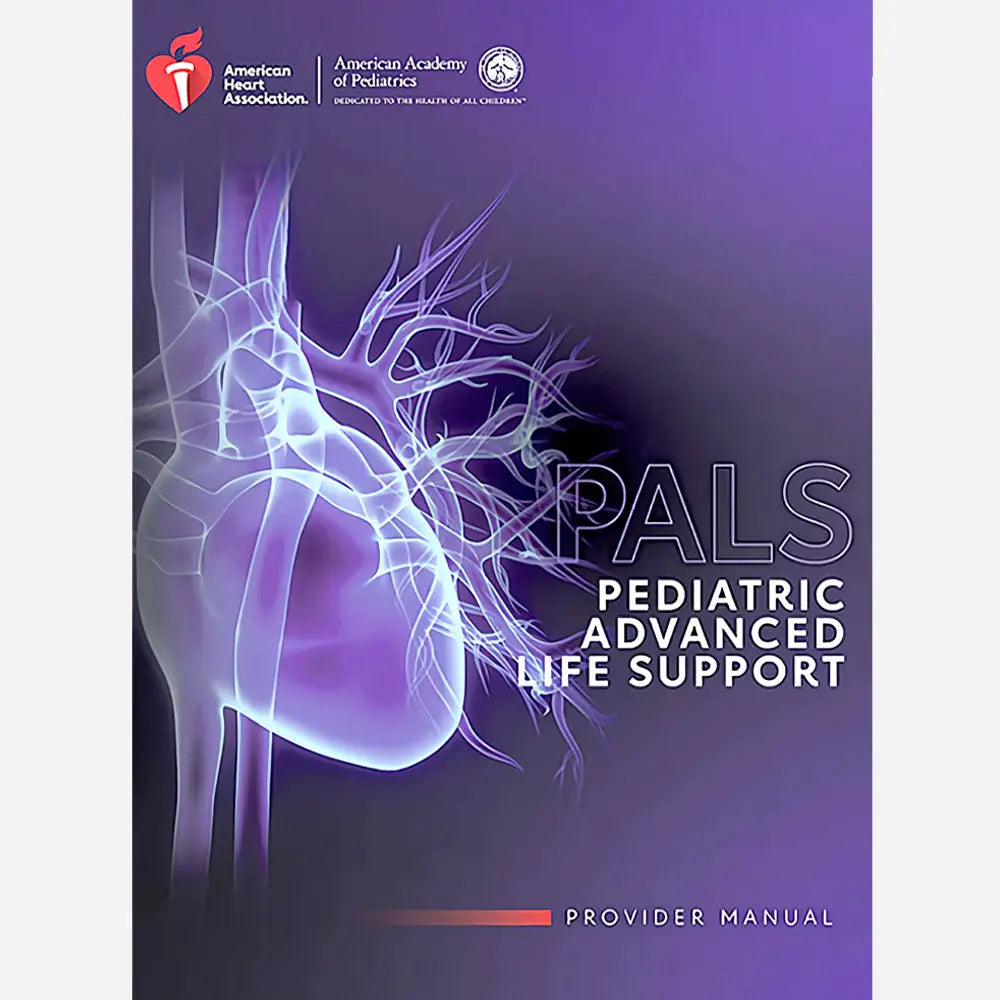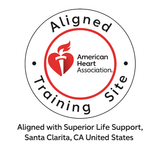PALS Provider Manual: Essential Guide for Pediatric Care
The Pediatric Advanced Life Support (PALS) manual from the American Heart Association is an essential resource for healthcare professionals who are looking to expand their knowledge and skills in pediatric emergency care. This comprehensive manual covers a wide range of topics, including respiratory and cardiac arrest recognition and management, pharmacology, and team dynamics in pediatric emergencies.
The PALS manual is organized in a clear and concise manner, with easy-to-understand language and diagrams that provide a step-by-step approach to managing pediatric emergencies. It is designed to be used in conjunction with the PALS course, but can also be used as a reference guide for healthcare professionals who need to refresh their knowledge and skills.
Whether you're a physician, nurse, paramedic, or other healthcare professional, the PALS manual from the American Heart Association is an indispensable resource that will help you provide the highest level of care to critically ill or injured infants and children.
- Updated to reflect new science in the 2020 AHA Guidelines for CPR and ECC
- The PALS Provider Course is designed for healthcare providers who either direct or participate in the management of respiratory and/or cardiovascular emergencies and cardiopulmonary arrest in pediatric patients.
- This course uses pre-course preparation, didactic instruction, and active participation in learning stations and simulated cases to enhance the recognition and intervention of respiratory emergencies, shock, and cardiopulmonary arrest.
- Includes the PALS Reference Card, which is also sold separately, #20-1118
Course Learning Objectives:
- After successfully completing the PALS Course, students should be able to:
- Perform high quality cardiopulmonary resuscitation (CPR) per AHA basic life support (BLS) recommendations
- Differentiate between patients who do and do not require immediate intervention
- Recognize cardiopulmonary arrest early and begin CPR within 10 seconds
- Apply team dynamics
- Differentiate between and perform early interventions for respiratory distress and failure
- Differentiate between compensated and decompensated (hypotensive) shock
- Perform early interventions for the treatment of shock
- Differentiate between unstable and stable patients with arrhythmias
- Describe clinical characteristics of instability in patients with arrhythmias
- Implement post–cardiac arrest management.
Understanding PALS
The PALS Provider Manual is an essential resource for healthcare professionals who provide emergency care to infants and children. It covers vital topics such as recognizing and managing respiratory and cardiac emergencies. This manual emphasizes the role of early intervention, as timely and effective actions can significantly improve outcomes for pediatric patients, ensuring that caregivers are well-prepared to act in a crisis.
Comprehensive Training and Skills
This manual includes detailed instructions on performing high-quality CPR, administering medications, and using advanced medical equipment. It features step-by-step guidance and practical scenarios that help healthcare providers practice their skills. Understanding these techniques is crucial because they can make a life-saving difference when every second counts during a pediatric emergency.
Resources and Support
Not only does the manual provide information, but it also offers access to supplemental materials and online resources for continued learning. Healthcare professionals can benefit from case studies, video demonstrations, and updated guidelines, making it easier for them to stay informed about the latest practices in pediatric advanced life support. Engaging with these resources is vital for enhancing knowledge and confidence when handling emergencies.



